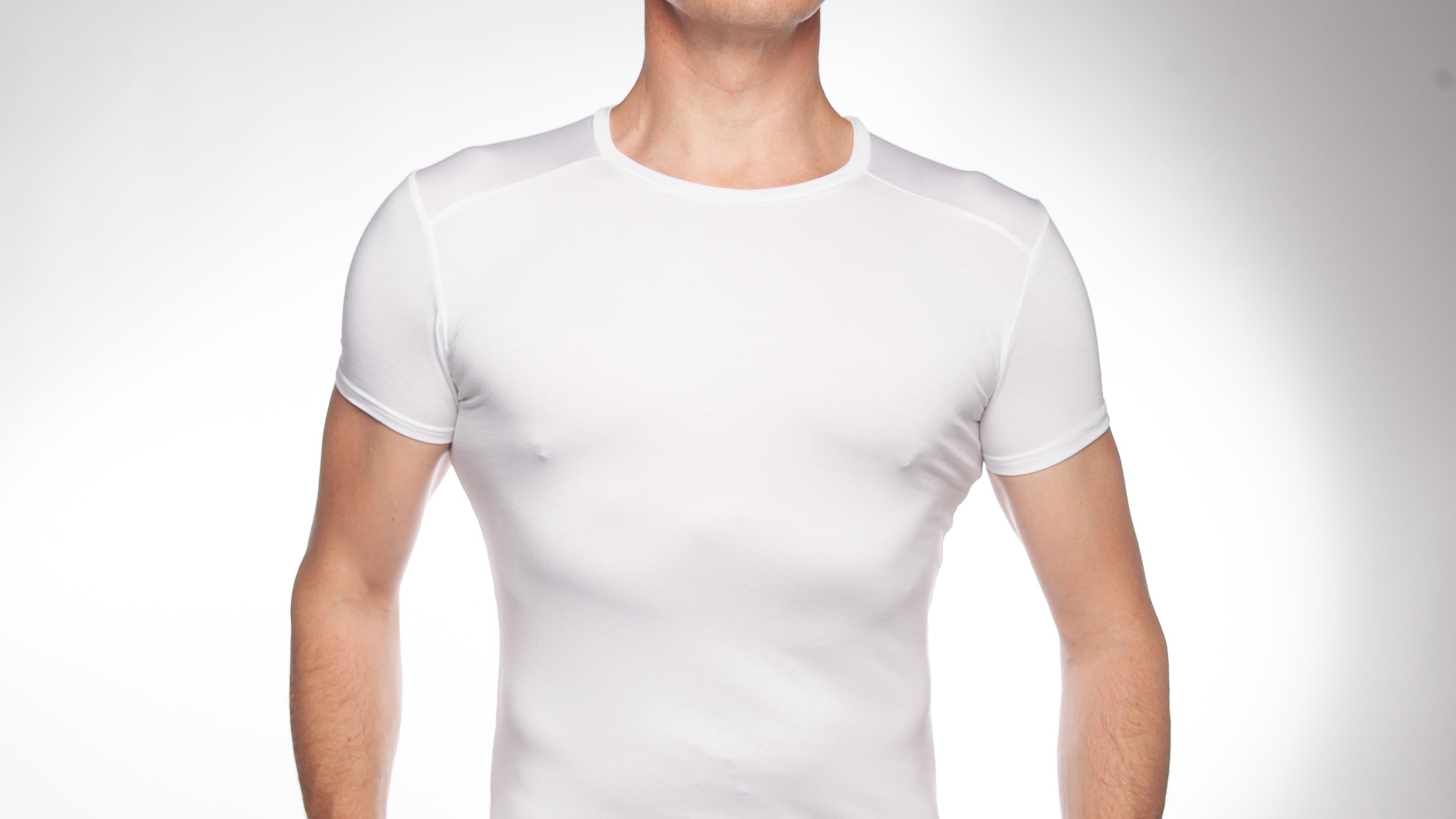What is the difference between Natural, Synthetic & Semi-Synthetic Materials?
Do you know what the difference is between a natural or man-made fabric? Do you know where the yarn for the material in your clothing comes from?
All clothes are made from a variety of fibres; natural, synthetic (man-made from an artificial product) and semi-synthetic (man-made from a natural product). In this article, we take a brief look at the difference between natural and man-made (synthetic and semi-synthetic) fibres and fabrics.
Natural Fibres and Fabrics
Natural fibres come from plants, animals and minerals. These fibres are usually staple fibres; short fibres that are individually separate and distinct, and that may be of any composition. Cotton and wool are examples of short staple fibres, and are sourced from the cotton plant and sheep respectively. The exception to this rule is silk which, although a natural fibre, consists of filaments; long, continuous fibres that can be up to a kilometre in length. However, whether a staple fibre or a filament fibre, natural fibres always occur naturally in plants, animals and minerals:
- Cotton comes from the cotton plant
- Wool comes from sheep
- Linen comes from from the flax plant
- Silk comes from silkworms
- Metal and asbestos fibres come from minerals
Synthetic Fibres and Fabrics
Synthetic fibres are chemically produced, and they consist of continuous filament fibres (like silk). Completely synthetic fibres such as nylon (polyamide) or polyester are made by joining monomers into polymers through a process called polymerisation. A synthetic fabric, when magnified, looks like plastic spun together.
Synthetic fabrics have many different qualities, some of which are not achievable with natural fibres. For example, synthetic material can be made to be waterproof for outer protection or elastic for swimwear and underpants. Chemicals can be added to make it softer, wrinkle-free, stain-resistant or even flame resistant.
Semi-Synthetic Fibers
Semi-synthetic fibres are made from natural raw materials with a naturally occurring long-chain polymer structure. They are only modified and partially degraded by chemical processes. Most semi-synthetic fibres are cellulose regenerated fibres, the earliest of which is rayon, also known as viscose. The first viscose fibres were created in an attempt to mimic silk. They were therefore sometimes referred to as artificial silk.
Cellulose fibres are regenerated from natural cellulose:
- Rayon mainly comes from wood pulp
- Modal often comes from beech trees
- Bamboo viscose comes from bamboo grass
- Seacell comes from seaweed
Fibre Blends
What gets exciting is when we start to combine different fibres to produce materials with their own unique qualities. The use of fibre blends means you can have improved appearance, performance and comfort as well as an easy-care fabric.
There are many different types of fibre blends, but the following are the most popular:
- Polyester/cotton, known as poly-cotton. This blend makes shirts easy-care and much more crease-resistant than shirts made from 100% cotton.
- Cotton/lycra has become popular in trousers. Jeans are made stretchy and more comfortable and generally fit better than 100% cotton jeans.
- Acrylic/wool produces a warm layer which is less expensive than 100% wool. It's also a bit less itchy in your winter jumpers!
Robert Owen uses a Viscose Blend
Robert Owen undershirts use a blend of viscose and spandex (or lycra). We blend viscose with spandex as to give our material up to 20% stretch and to help it keep its shape, making it much more durable.
Viscose is used because it has excellent drape (meaning it hangs well) and it feels exceptionally light and smooth on the skin. It has a high water absorbency and is highly breathable (allowing air and water vapour to pass through). It may even be antibacterial, making it less prone to odour.





